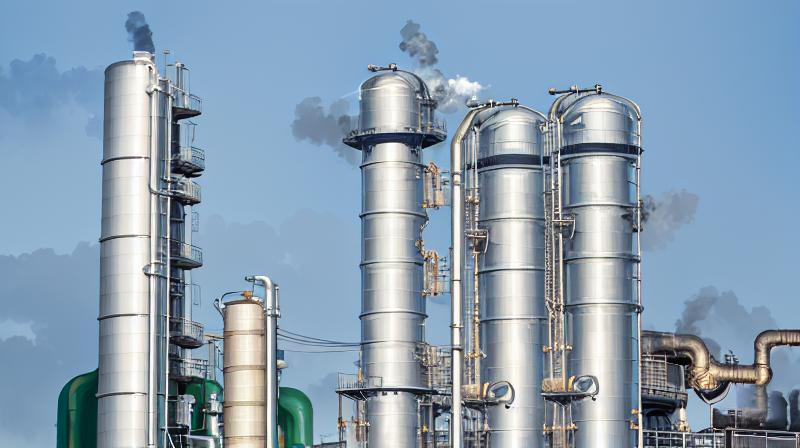Methanol and isopropanol are two commonly used industrial solvents. While they share some similarities, they also possess distinct properties and characteristics that set them apart. In this article, we will delve into the specifics of these two solvents, comparing their physical and chemical properties, as well as their applications and safety profiles.
Let’s start with methanol, also known as wood alcohol. It is a clear, colorless liquid that is miscible with water. Methanol has a low boiling point of 65 degrees Celsius, which makes it suitable for use in low-temperature applications. It has a high octane rating, which means it can be used as a solvent and an anti-knock agent in gasoline.
Methanol is also used as a feedstock in the production of other chemicals, such as formaldehyde and dimethyl ether. It is also employed in the production of biodiesel, a renewable fuel source. In addition to its industrial applications, methanol is also used in the production of varnishes and lacquers.
Now let’s turn our attention to isopropanol, also known as 2-propanol or dimethyl ether. This solvent is also clear and colorless, with a boiling point slightly higher than methanol at 82 degrees Celsius. Isopropanol is highly miscible with both water and lipids, making it an excellent solvent for a wide range of applications. It is commonly used as a cutting agent in paint thinners and in the production of latex gloves. Isopropanol is also used in the production of adhesives, sealants, and other polymers.
When it comes to safety, both methanol and isopropanol have their own unique hazards. Methanol is toxic and can cause blindness if splashed in the eyes or ingested. It is also highly flammable and explosive when mixed with air. On the other hand, isopropanol has a low flammability rating and is less explosive than methanol when mixed with air. However, it is still flammable and should be handled with care.
In conclusion, methanol and isopropanol are both valuable industrial solvents with their own unique properties and applications. The choice between them depends on the specific requirements of the application and the safety profile of each solvent. Methanol has a lower boiling point and is more explosive, while isopropanol has a higher boiling point and is less explosive but still flammable. When selecting a solvent, it is important to consider its physical properties, chemical stability, toxicity, and flammability profile to ensure safe and effective use.
Post time: Jan-09-2024





